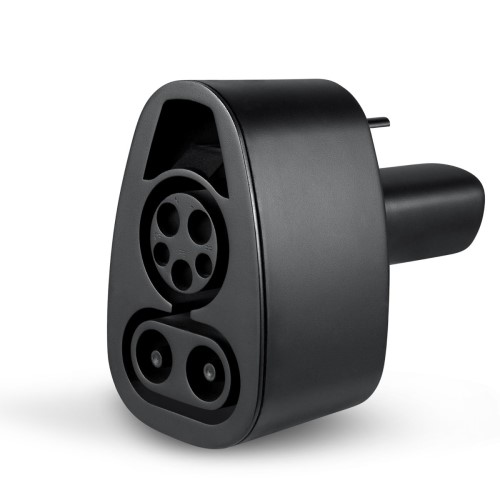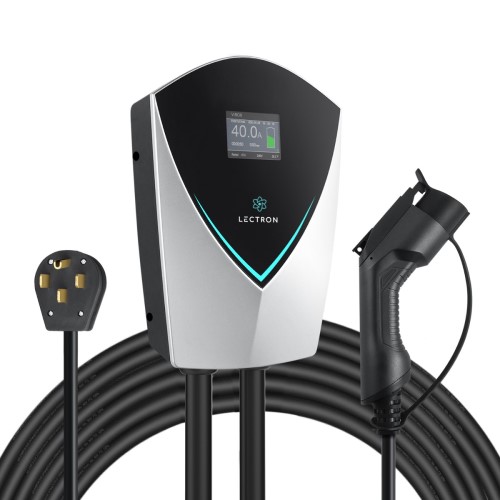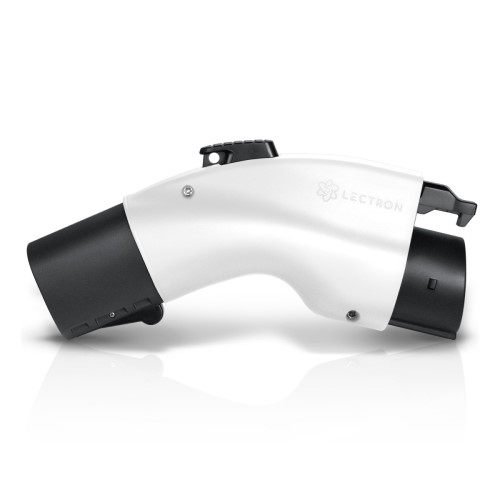Unlocking the Potential of Air Tools for Enhanced Productivity
Air tools, also known as pneumatic tools, present numerous benefits for automotive repair and detailing tasks, enabling users to achieve their goals more efficiently and effectively.
Faster Work Completion
Air tools are known for their ability to complete tasks significantly more quickly than their electric counterparts. They typically generate more torque, allowing users to expedite their work and conserve valuable time.
Improved Precision and Handling
The lightweight nature of air tools ensures superior control and accuracy when performing a variety of tasks. This results in higher quality work and reduced errors.
Longevity and Dependability
Air tools have a reputation for their durability and reliability, as they possess fewer moving components and are less prone to overheating. This means fewer interruptions due to tool malfunctions or repairs, ultimately leading to increased productivity.
Identifying the Ideal Air Tools for Each Task
Choosing the right air tools for your automotive tasks is essential for maximizing productivity.
Essential Air Tools for Auto Repair and Detailing
Some indispensable air tools for auto repair and detailing include impact wrenches, ratchets, drills, grinders, sanders, and spray guns. These versatile tools can tackle a variety of tasks, from loosening stubborn fasteners to prepping surfaces for painting.
Opting for Top-notch Brands
When selecting air tools, consider reputable brands like ACME Automotive, Aircat Pneumatic Tools, Astro Pneumatic, Chicago Pneumatic, and Ingersoll Rand, among others. These manufacturers are known for creating high-quality, reliable tools that can enhance your productivity.
Refining Your Workspace for Optimal Productivity
A well-organized and functional workspace is crucial for maximizing productivity with air tools.
Efficient Organization and Storage
Arrange your air tools and accessories in a manner that allows easy access and minimizes clutter. Employ toolboxes, pegboards, or drawer organizers to keep everything in its designated place.
Ensuring Proper Lighting and Ventilation
Adequate lighting is critical for accurate and efficient work. Invest in top-quality lighting solutions to illuminate your workspace. Additionally, proper ventilation is necessary for maintaining a safe and comfortable work environment, especially when using air tools that generate dust or fumes.
Extracting Peak Performance from Your Air Tools
To fully benefit from your air tools, it’s vital to select the appropriate air compressor and maintain the tools correctly.
Choosing the Perfect Air Compressor
Pick an air compressor with a higher CFM rating than the combined CFM requirements of all the tools you plan to use simultaneously. Ensure that the compressor can deliver the required PSI for your tools. Consider factors like tank size, portability, and noise levels when making your decision.
Caring for and Maintaining Your Air Tools
Appropriate care and maintenance of your air tools will ensure their top performance and extended lifespan. Regularly lubricate your tools with air tool oil, grease moving components, and keep them clean. Make sure to use moisture separators or air dryers to prevent freezing and corrosion.
Streamlining Workflow with Air Tools
Enhancing productivity with air tools can be achieved by refining processes and techniques.
Refining Processes and Techniques
Assess your current processes and pinpoint areas for improvement. Consider incorporating time-saving techniques, such as setting up dedicated workstations for specific tasks, using quick-change accessories, and implementing batch processing for repetitive jobs.
Conclusion
Elevating efficiency with air tools can be achieved by understanding their benefits, selecting the right tools and brands, refining your workspace, maximizing tool performance, and streamlining your workflow. By implementing these strategies, you can accomplish more in less time while maintaining high-quality
FAQs
Q: How do I oil my air tools?
A: Apply a few drops of air tool oil into the air inlet before each use. Make sure not to use compressor oil, as it’s not the same as air tool oil.
Q: What size air compressor do I need for my air tools?
A: Choose an air compressor with a higher CFM rating than the combined CFM requirements of all the tools you plan to use simultaneously. Also, ensure that the compressor can deliver the necessary PSI for your tools.
Q: Are air tools better than electric tools?
A: Air tools are generally lighter, more durable, and provide more torque than electric tools. They’re also less likely to overheat and can be safer in damp environments.
Q: How many PSI do I need for my air tools?
A: Most air tools require a PSI rating between 90 and 100. Check your tools’ specifications to determine their exact PSI requirements.
Q: Why should I lubricate my air tools before operation?
A: Lubricating your air tools before each use prevents premature wear and ensures smooth operation. Using air tool oil for lubrication is recommended.





Recent Comments